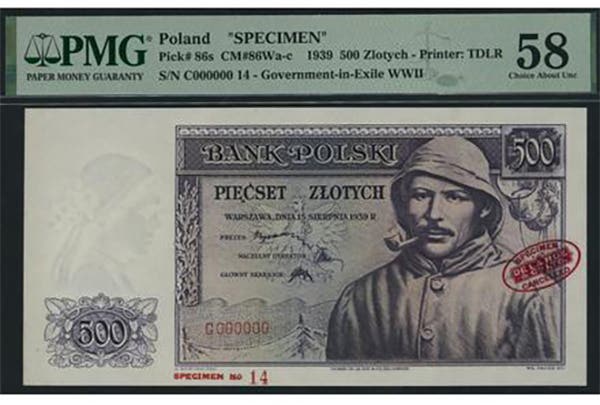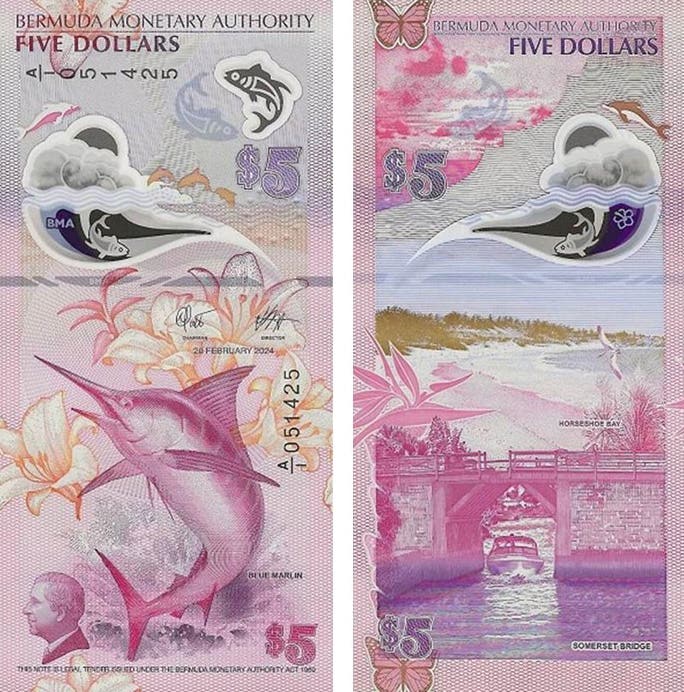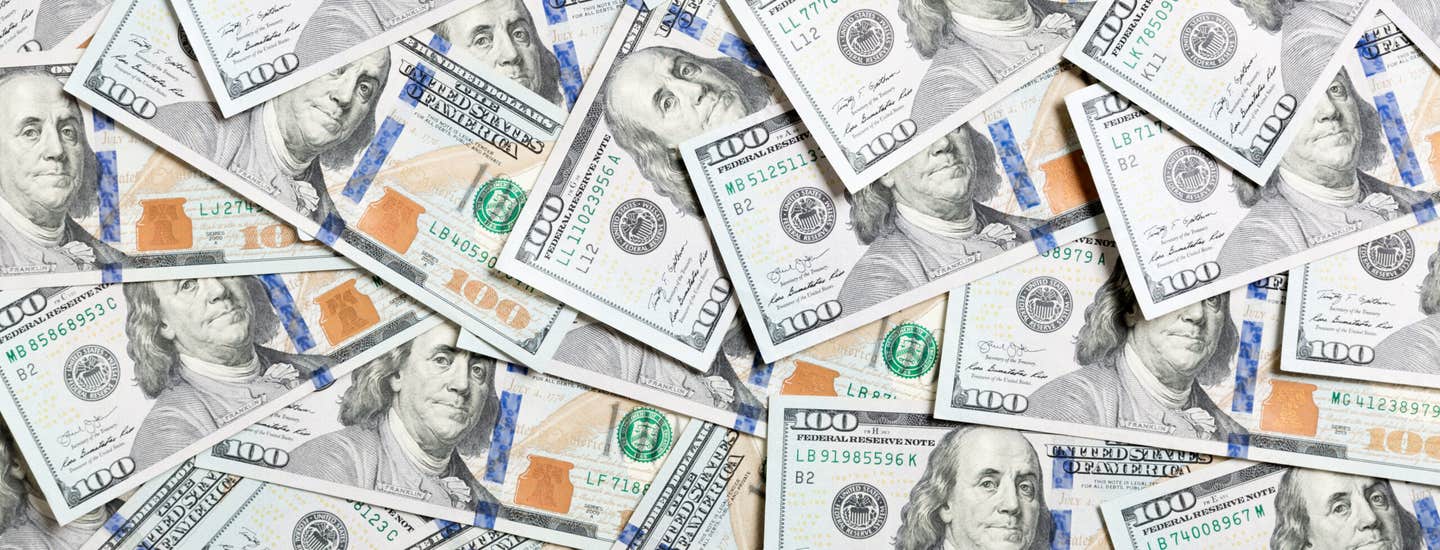Bank note value? Bank of the United States notes abound as reproductions
Bank of the United States notes are plentiful outside of the hobby. My co-workers have gotten to know my style for several of the common phone calls we get. The…
Bank of the United States notes are plentiful outside of the hobby.
My co-workers have gotten to know my style for several of the common phone calls we get. The office side of the conversation goes something like this (you can guess the questions): Yes, sir. How can I help? Oh, you want to know the value of a Bank of the United States $1000 bill? Well, is it number 8894? Yes, I knew that, and you did not even have to hold it closer to the phone! Is it made of orange-ish, wrinkley thick paper? Are the signatures and serial number printed in the same black ink as the rest of the design?
Sadly, it is a reproduction. Since the passage of the Hobby Protection Act of 1974 the notes have had to say Facsimile somewhere, usually in small letters near the bottom corner. However, plenty of these notes were made well before 1974, and thus have been put away in draws and placed in books as page marks for years and years. Yes, Gandpa could have bought one in the 1960s when he visited a historic site on the east coast. T
he notes were sold in groups of five or six, in a long red-white-blue envelope with a cleophane window. There were plenty of variety (different sets) to choose from.
Real notes of the Colonial thru Civil War era are plentiful. The major auction houses - Stack's, R.M. Smythe, Heritage and Lyn Knight have a wide selection available. Other advertizers in Bank Note Reporter often feature full page ads of these items. They can be prices from 30 dollars and up depending on condition. (Condition, next to rarity and demad form the basis for price). The note illustrated is from a Stack's auction of the John J. Ford collection. It is in uncirculated condition (no folds, holes or other problems) as such, is has a value in the $900 dollar range. Most extant examples are not this nice.
As you can see by the comparison, the color and texture of the original notes is signifantly different than the reproductions. Originals were printed usually on nice white cotton paper, often with a second color as an underprint on the face side, and another color to the back, as a security device. Real ink was used to sign and often number the notes, and thus it produced another tone of color to the note, usually from strong black, to now a faded brown.
George ?uhaj








